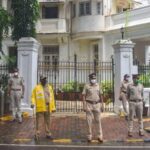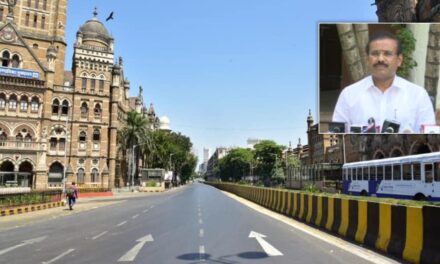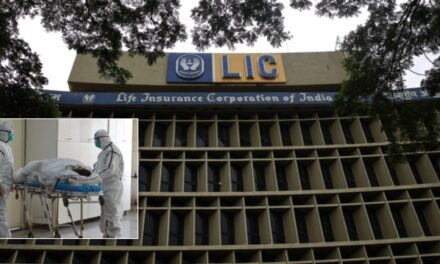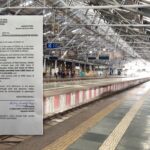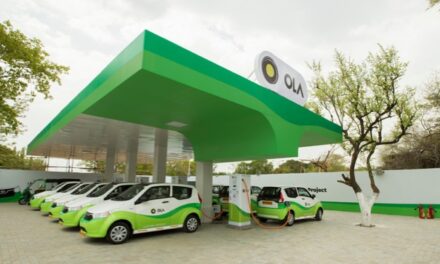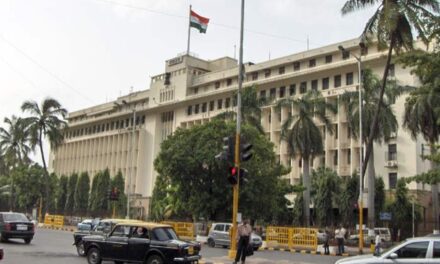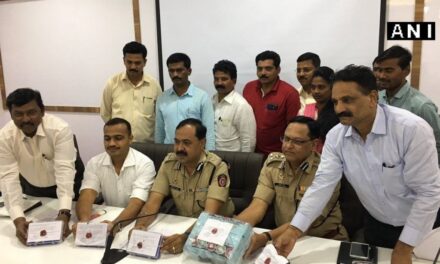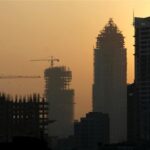
Solar energy can fulfill half of Mumbai’s power needs, says first of its kind study by IIT-Bombay
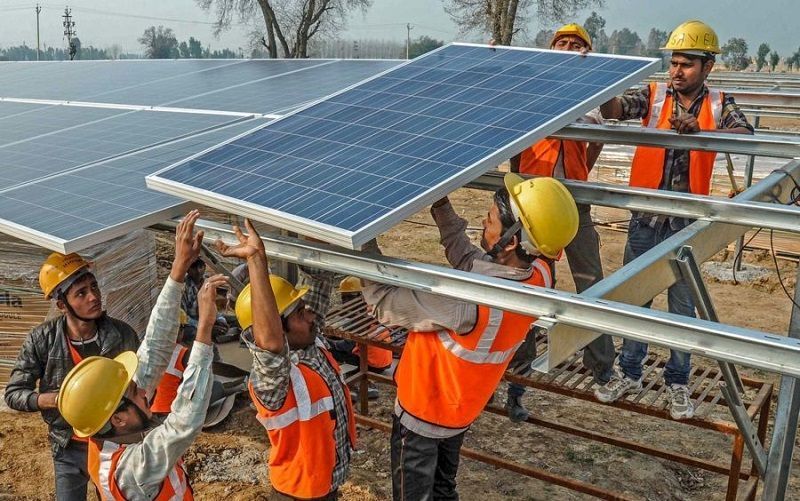

Represenataional Image. Courtesy: NARINDER NANU/AFP/Getty Images
Mumbai has the potential to harness solar power and generate enough energy to fulfill half of the city’s power needs, a first of its kind study by the Indian Institute of Technology (IIT), Bombay has said.
The report, which tries to ascertain Mumbai’s solar energy generation potential, found that the city requires around 3,000 MW of energy, of which 1,700 MW can be generated through solar alone.
It further estimated that just by installing solar panels on top of buildings the city can generate 1,300 MW of solar energy, which is more abundant and cleaner than conventional coal-based power plants.
The study was conducted by two IITs, National Centre for Photovoltaic Research and Education (NCPRE) and the Centre for Urban Science and Engineering (C-USE), along with the Observer Research Foundation, IEEE Bombay Section, and Bridge to India.
It was undertaken at the behest of the Central Government, which is aiming to generate 100 GW of solar energy by 2022, of which 40 percent, or 40 GW, would be generated with the help of panels installed on rooftops.
The report, titled ‘Estimating the Rooftop Solar Potential of Greater Mumbai’ was released by Rajeev Kapoor, Secretary of the Union Ministry for New and Renewable Energy on Monday.
After releasing the report, Kapoor stated that the government is already working on making solar energy more accessible by simplifying the process by which companies can set up solar panels in their premises.
For the study, researchers used a variety of inputs and techniques, include GIS mapping of structures, ward-wise divisions, existing land use (ELU) maps of BMC and 3D mapping to eliminate shadowed areas.
It study found that Mumbai’s K-West ward, which includes Andheri West and nearby areas, had the highest potential for solar power generation in the city.
The researchers also found that lack of awareness and high costs are two of the biggest challenges when it comes to adoption of solar energy in the city.
Their survey indicated that 37 percent didn’t want to switch to solar energy because they did not possess the necessary information, whereas 25 percent felt that the process was too expensive.
While the government and other agencies are working on increasing awareness about solar energy, which should help overcome the knowledge barrier, the initial investment remains a cause of concern for many.
Although researchers maintain that the relatively high installation cost can be fully recovered in six to seven years, not everyone is willing to make an upfront investment.
However, researchers are hopeful that things will change in the near future.
“Earlier, solar energy was used for electricity by very few, because it was very expensive. However, with the falling price of solar energy technology, it is a viable option for homes and businesses,” said Juzer Vasi, the IIT-B professor supervising the study.



